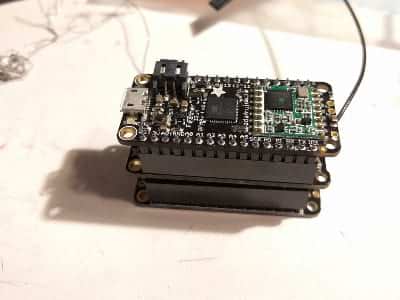Blog Posts
In this post, I’ll go over fundamentals of the Domain Name System (DNS). The content below is not meant to be a deep dive into the inner workings of DNS but is meant more as a gentle introduction for beginners or a quick refresher for those of us returning to the world of networking and cybersecurity after a prolonged absence. Over the last year, I have been meaning to get back into cybersecurity but as life would have it, I couldn’t dedicate much time without detracting from existing obligations and responsibilities. The last month has seen an increase in my leisure time and as such I have finally been able to devote some time... Read More.
When last we spoke I had started chipping away at the binary exploitation problems in picoCTF 2018. Two years later: I’m now an ‘Elite Hacker’ on HTB and placed in the Top-10 overall in picoCTF 2022. Here’s how I did it. Read More.
I’ve spent the last couple of months of the pandemic lockdown hacking my way through the PicoCTF 2018 capture the flag challenges - and I’m sharing what I’ve learned. Every single Binary Exploitation challenge has been cracked, including the ones requiring heap exploits. Can you figure out how I did it? TLDR: Jump straight to our PicoCTF 2018 BinExp Guide. Read More.
Here is a simple fixed-point approximation to sin (and cos) appropriate for embedded systems without dedicated floating-point hardware. It is accurate to within ±1/4096 (0.01% Full-Scale). No lookup-table is required, and portable C code is available. Read More.
Cities are put in a tough spot. They want to provide their citizens with the best possible benefits, the best possible transportation, and the best possible reasons to live there. However, they don’t really have the data they need to make informed decisions. BetaCityYEG has a vision of developing open civic technology to make this possible. After all, how can you serve your citizens without understanding them first? Read More.
For too long technical solutions have evaded beginner makers and hackers. Obscure forum posts detailing initialization sequences divined through trial and error. Five year old comments on a vendor website detailing a critical oversight on a datasheet. These scenarios are far too common in our industry, but that’s not the worst of it. There’s also the well-intentioned (but naive) makers who post bad, misleading, and outright wrong information. For years we ignored it. We’re a team of professional embedded developers. We were trained to filter out the good from the bad, to use our google-fu to seek out the answers that we sought. When we wanted something, we figured... Read More.




